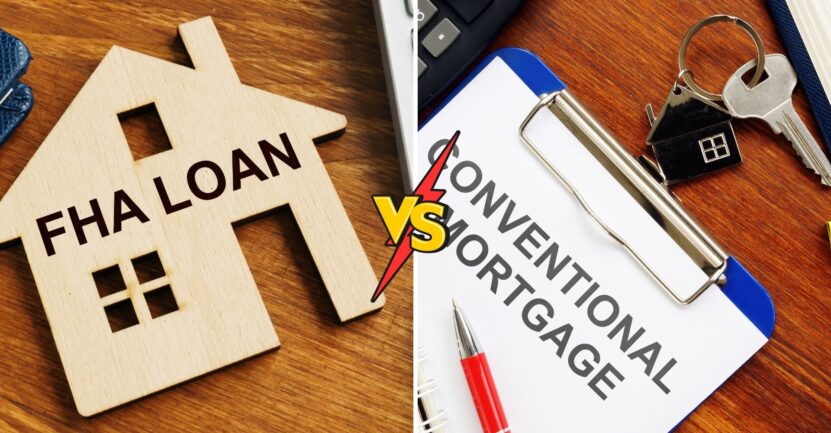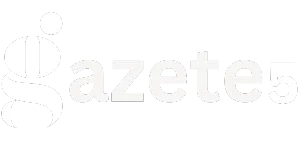FHA loans are federally insured and designed for borrowers with lower credit scores and smaller down payments, but they come with mandatory mortgage insurance and stricter appraisal requirements.
The government does not back conventional loans, requires higher credit scores and down payments, but offers lower overall costs and cancelable mortgage insurance.
If you have a credit score under 620 or limited savings, FHA might be your best shot. If you can put down 20% and have a stronger credit score, a conventional loan usually offers lower costs in the long run.
Let’s Look at the Numbers
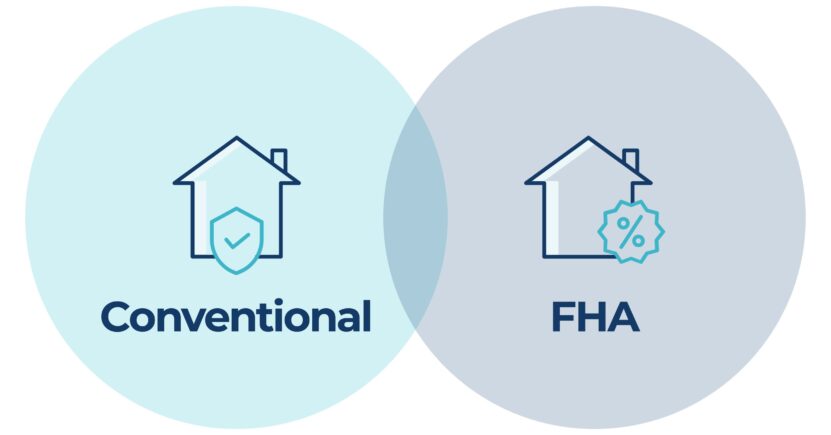
At first glance, FHA and conventional loans might look pretty similar. Both are offered by banks, credit unions, and mortgage lenders. Both can come with fixed or adjustable interest rates and loan terms that typically last 15 or 30 years. But underneath the surface, they’re pretty different.
FHA loans are insured by the Federal Housing Administration (that’s where the “FHA” comes from), which is part of the U.S. Department of Housing and Urban Development. This insurance means that if you default on the loan, the lender gets paid back by the government. Because of this safety net, lenders are more willing to approve borrowers who might not meet the stricter requirements of a conventional loan.
Conventional loans, on the other hand, aren’t backed by the government. That means lenders take on all the risk themselves. Because of that, they generally want to see stronger financials—higher credit scores, lower debt, and bigger down payments. But if you can qualify, conventional loans often come with fewer fees and lower long-term costs.
Here’s a handy table to show you the key differences side by side:
| Feature | FHA Loan | Conventional Loan |
| Credit Score | As low as 500 (with 10% down) or 580 (with 3.5%) | Minimum 620 |
| Debt-to-Income Ratio | Typically up to 43%, sometimes 50% | Usually up to 45%, some lenders up to 50% |
| Down Payment | 3.5% with 580+ score; 10% with 500–579 | As low as 3% for fixed-rate loans |
| Loan Limits (2025) | $524,225 in most areas; up to $1,209,750 in high-cost zones | $806,500 in most areas; up to $1,209,750 |
| Mortgage Insurance | Required for life of loan (or 11 years with 10% down) | Required if less than 20% down, but can cancel |
| Appraisals | Stricter, must meet HUD guidelines | Standard lender appraisal |
| Interest Rates (2025) | Around 7.12% average | Around 7.16% average |
Credit Scores: How Low Can You Go?
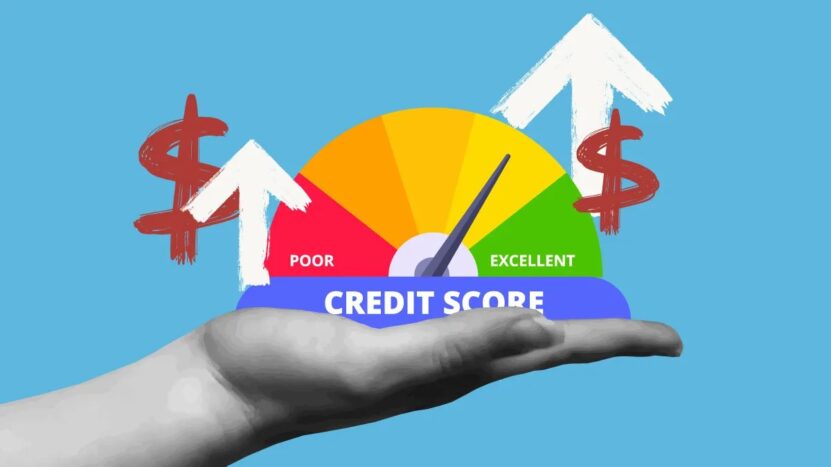
One of the biggest differences between these two loans is the credit score requirement. FHA loans allow you to qualify with a credit score as low as 500 if you can put down 10 percent. If you’ve got a score of 580 or higher, you can get away with just 3.5 percent down. That’s a huge plus if your credit has seen better days.
Conventional loans are a bit stricter. Most lenders want to see at least a 620 credit score, and if you’re aiming for a good rate, you’ll probably need an even higher score. So if your credit is solid, you might find that conventional loans offer you better terms and lower costs in the long run.
Debt and Down Payments
FHA loans tend to be more lenient with debt-to-income (DTI) ratios. Most FHA borrowers can have a DTI up to 43 percent, and in some cases, even up to 50 percent if you’ve got compensating factors like a healthy savings account. Conventional loans typically cap the DTI at 45 percent, though some lenders might stretch it to 50 percent.
When it comes to down payments, both types of loans can work with smaller amounts, but FHA loans shine here. If your credit score is 580 or higher, you can put down as little as 3.5 percent. If your score is between 500 and 579, you’ll need to put down at least 10 percent. Conventional loans offer 3 percent down options for certain fixed-rate loans, but more commonly, you’ll see 5 percent required.
Loan Limits and Mortgage Insurance

Another difference is how much you can borrow. For 2025, FHA loan limits in most areas cap out at $524,225, but can go as high as $1,209,750 in pricier markets. Conventional loans, on the other hand, start at $806,500 and also go up to $1,209,750 in high-cost areas. So if you’re buying a more expensive home, a conventional loan might be the only option.
Mortgage insurance is where the long-term costs start to show. FHA loans require both an upfront fee (1.75 percent of the loan) and annual mortgage insurance premiums (MIP), which can stick around for the life of the loan unless you put at least 10 percent down. Conventional loans also require private mortgage insurance (PMI) if you put down less than 20 percent, but you can cancel it once you’ve built enough equity in your home.
This is where it can be helpful to think through long-term financial strategies.
For example, you might be weighing whether it makes sense to put more cash into a down payment for a conventional loan to avoid mortgage insurance. But what if you invested that extra money instead? Over the S&P 500’s annual returns last 20 years, the average return has been about 8.4 percent annually, or 5.7 percent after adjusting for inflation.
That means if you invested $20,000 and let it grow over 20 years, your investment could potentially grow to more than $50,000 (before taxes and fees), depending on market performance.
This kind of thinking can help you weigh the opportunity cost of tying up extra money in a home purchase versus investing it for long-term growth. Of course, markets are unpredictable, and the stock market carries its risks, but it’s a valuable perspective to consider when planning your financial future.
| Investment Scenario | Amount Invested | Average Annual Return | Estimated Value After 20 Years |
| S&P 500 (nominal return) | $20,000 | 8.4% | ~$99,000 |
| S&P 500 (inflation-adjusted) | $20,000 | 5.7% | ~$61,000 |
Appraisals and Interest Rates
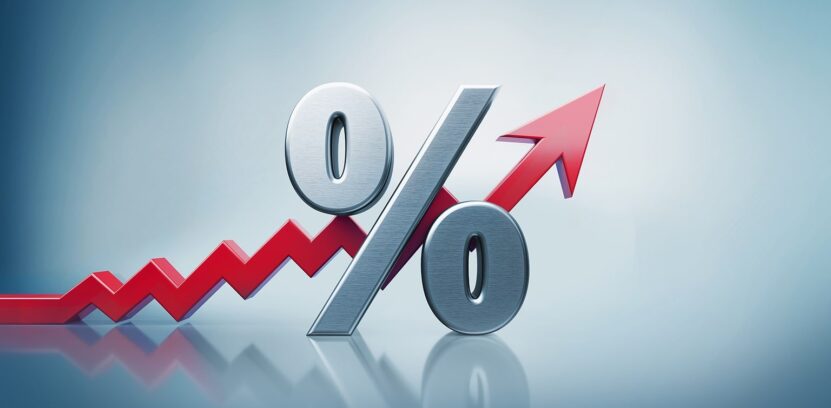
FHA loans have stricter appraisal requirements, which means the property must meet specific HUD guidelines. This process can be slower and might make sellers a bit hesitant if they’re considering multiple offers. Conventional loans use a standard lender appraisal, which is usually quicker and more straightforward.
While FHA loans often advertise slightly lower interest rates, the overall cost can be higher because of mortgage insurance and fees. In early 2025, the average rate for a 30-year FHA loan was about 7.12 percent, compared to 7.16 percent for a conventional loan. However, always check the total cost—also known as the APR—before deciding.
So Which Loan Should You Choose?

It depends on your financial situation. FHA loans are great if your credit score is under 620 or if you don’t have a big down payment saved up. They’re also more forgiving when it comes to debt-to-income ratios. But keep in mind that you’ll be paying mortgage insurance for a long time, which can add up.
Conventional loans, on the other hand, are a solid choice if your credit score is 620 or higher and you can put down at least 5 percent, especially if you can hit the magic 20 percent to skip mortgage insurance altogether. They also make you a more attractive buyer in competitive markets, thanks to simpler appraisals.
Final Thoughts
Both FHA and conventional loans have their pros and cons, but the right one for you depends on your credit, your savings, and the price of the home you want. Before you decide, talk to a lender or mortgage broker who can crunch the numbers for your specific situation. And don’t forget to shop around for the best rates and terms—whether it’s backed by the federal government or not, it’s still your mortgage, and you want to get the best deal possible.
Related Posts:
- Mercantilism vs Capitalism - Key Benefits and…
- Real Estate Investment on Nusa Penida - Risks and…
- Hiring In-House or Freelancers: Pros and Cons Explained
- Why Does My Car Shake When I Drive Fast? Common…
- Greek YouTubers and the Art of Building a Loyal Fanbase
- Top 9 Trade School Careers That Will Pay Off (And…

